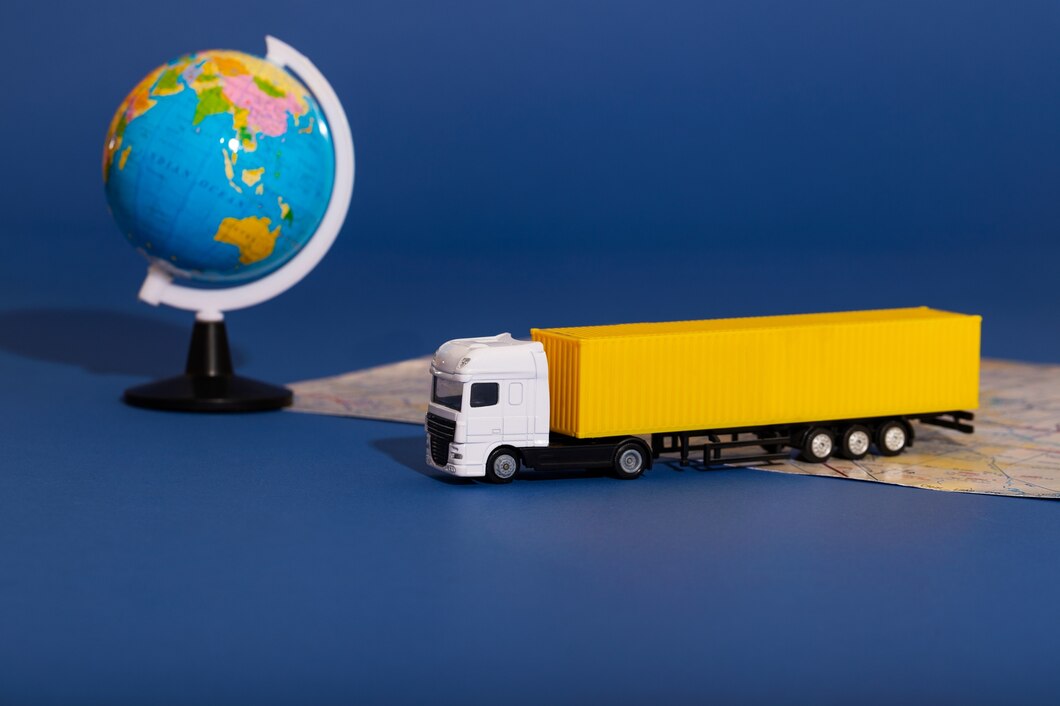Navigating Tax Compliance with Import Export Code: A Must-Have for Global Entrepreneurs
In today’s interconnected world, businesses are increasingly exploring international markets to expand their reach and tap into new opportunities. However, venturing into global trade involves more than just shipping goods across borders. One of the critical elements to ensuring smooth international transactions is obtaining an Import Export Code (IEC). For entrepreneurs aiming to establish or grow their business globally, understanding the significance of the IEC is vital for both operational success and tax compliance.
What is an Import Export Code (IEC)?
An Import Export Code (IEC) is a unique 10-digit code issued by the Directorate General of Foreign Trade (DGFT) in India. It is mandatory for anyone looking to start an import or export business in the country. Without this code, companies cannot conduct international trade, nor can they avail of various benefits and schemes offered by the government.
Why IEC is Essential for Global Entrepreneurs
- Legal Requirement: The IEC is legally required for importing and exporting goods and services from India. It serves as the primary identification number that is recognized by Indian Customs and other relevant authorities.
- Tax Compliance: The IEC plays a pivotal role in ensuring tax compliance for businesses engaging in international trade. It helps in tracking goods and transactions, thereby aiding in the proper assessment of taxes, duties, and other levies.
- Global Market Access: With an IEC, businesses can gain access to international markets, allowing them to expand their customer base and increase revenue streams. It also facilitates the smooth processing of customs clearance, payments, and shipments.
- Government Benefits: Businesses with an IEC can avail of various government incentives, subsidies, and schemes designed to promote exports. These benefits can significantly reduce costs and enhance the profitability of international operations.
How to Obtain an IEC
The process of obtaining an IEC is straightforward but requires attention to detail. Here’s a step-by-step guide:
- Application Submission: Visit the official DGFT website and fill out the IEC application form. Ensure that all necessary documents, such as PAN card, bank details, and business address proof, are ready.
- Document Verification: Once the application is submitted, the DGFT verifies the details and documents provided.
- IEC Issuance: After successful verification, the DGFT issues the IEC in a digital format, which can be downloaded from the portal.
The Role of IEC in Tax Compliance
The IEC is integral to maintaining tax compliance in international trade. It ensures that all imports and exports are correctly documented, which is crucial for accurate tax filing. The code also helps businesses avoid legal penalties and fines associated with non-compliance.
Partnering with The Tax Compliance for IEC and Tax Solutions
Navigating the complexities of international trade and tax compliance can be challenging for entrepreneurs. That’s where The Tax Compliance comes in. Our team of experts is dedicated to helping businesses obtain their IEC and ensure that they are fully compliant with all relevant tax regulations. We offer comprehensive solutions tailored to your specific needs, ensuring that you can focus on growing your business globally without any legal hurdles.
For personalized assistance with your IEC application and tax compliance, contact us today at (+91) 74-192-77-192, email us at thetaxcompliance@gmail.com, or visit our website at thetaxcompliance.com.





